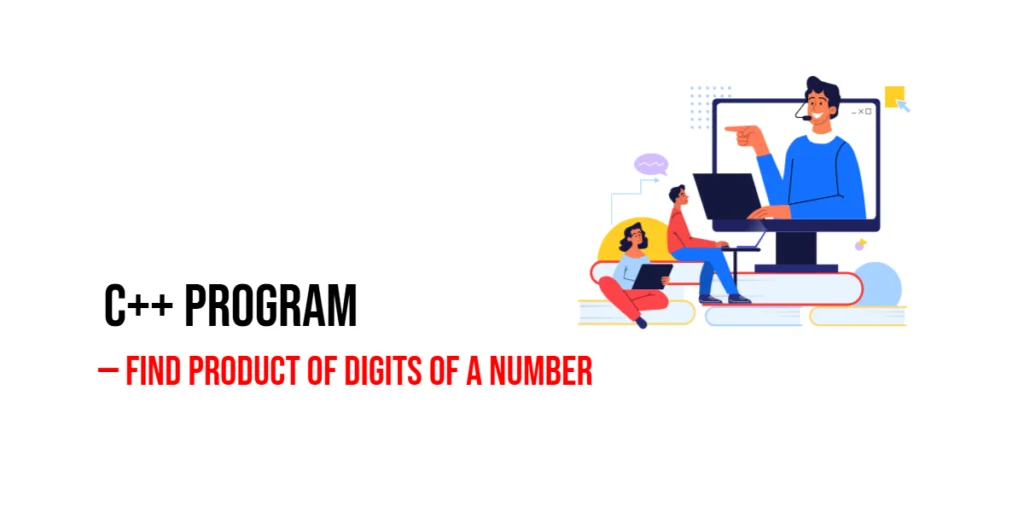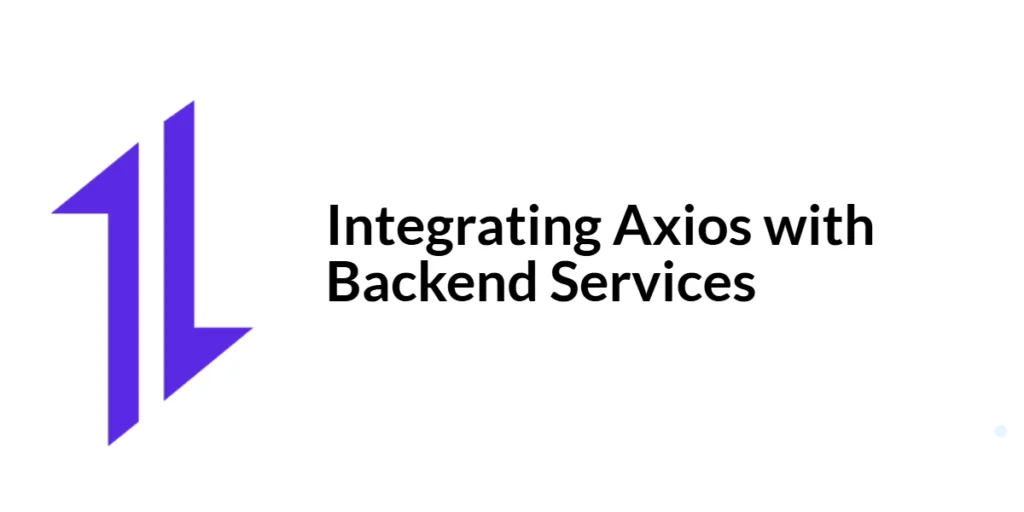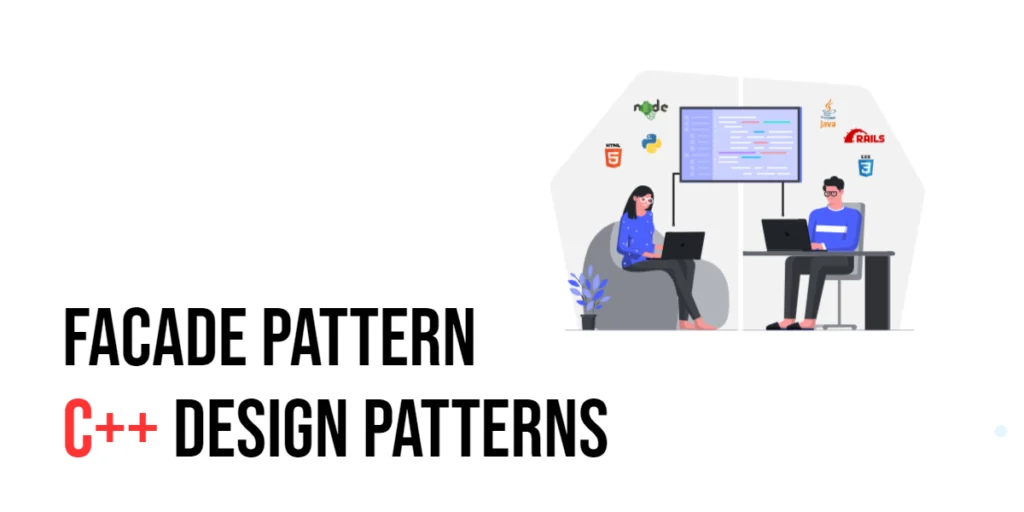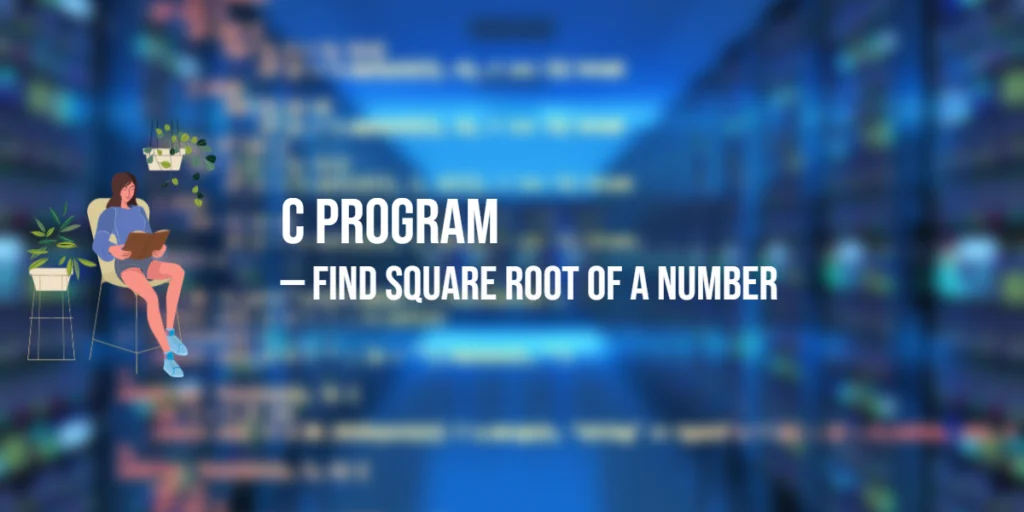Calculating the product of digits in a number is a simple yet important programming exercise for beginners. It helps understand loops, arithmetic operations, and algorithmic thinking. This task also has practical applications in problems related to digital analysis, number properties, and basic cryptography. In this article, we will explore multiple ways to find the product of digits of a number in C++.

with hands-on learning.
get the skills and confidence to land your next move.
Program 1: Using a Simple Loop
The simplest way to find the product of digits is by extracting each digit and multiplying it with a running total.
#include <iostream>
using namespace std;
int main() {
int n, product = 1;
cout << "Enter a number: " << endl;
cin >> n;
int temp = n;
while(temp != 0) {
product *= temp % 10; // Multiply the last digit
temp /= 10; // Remove the last digit
}
cout << "Product of digits of " << n << " is " << product << endl;
return 0;
}In this program, we use a while loop to process each digit of the number. By repeatedly taking the remainder of 10, we obtain the last digit, multiply it with the product, and remove it from the number by dividing by 10. Beginners can learn how loops work with arithmetic operations in a practical context.
Program 2: Using a Function
Encapsulating the logic in a function makes the code reusable and cleaner, allowing the product calculation to be easily applied to multiple numbers.
#include <iostream>
using namespace std;
int productOfDigits(int n) {
int product = 1;
while(n != 0) {
product *= n % 10;
n /= 10;
}
return product;
}
int main() {
int n;
cout << "Enter a number: " << endl;
cin >> n;
cout << "Product of digits of " << n << " is " << productOfDigits(n) << endl;
return 0;
}Here, the productOfDigits() function encapsulates the logic for multiplying digits. The main program simply calls this function with the input number, making the code more modular and easier to read. Beginners can see how functions promote reusability and cleaner program structure.
Program 3: Using Recursion
Recursion provides an elegant approach to solve the same problem by breaking it into smaller subproblems until a base case is reached.
#include <iostream>
using namespace std;
int productOfDigitsRecursive(int n) {
if(n == 0)
return 1;
return (n % 10) * productOfDigitsRecursive(n / 10);
}
int main() {
int n;
cout << "Enter a number: " << endl;
cin >> n;
cout << "Product of digits of " << n << " is " << productOfDigitsRecursive(n) << endl;
return 0;
}In this program, the function productOfDigitsRecursive() multiplies the last digit of n with the result of the function called on the remaining digits. Recursion demonstrates a different programming paradigm, allowing beginners to understand how problems can be solved elegantly by breaking them into smaller, identical subproblems.
Frequently Asked Questions (FAQ)
Here are some common questions beginners ask about calculating the product of digits in C++:
Q1: Can this work for negative numbers?
Yes, by taking the absolute value using abs(n), you can handle negative numbers.
Q2: What happens if the number contains a zero?
If any digit is zero, the product will be zero since multiplying by zero results in zero.
Q3: Which method is better: loop or recursion?
The loop method is generally faster and uses less memory, but recursion provides a cleaner and more elegant approach for small numbers.
Q4: Can I use a function for multiple numbers?
Yes, using a function allows you to reuse the logic for multiple inputs without rewriting the code.
Conclusion
Finding the product of digits in a number is a useful exercise for learning loops, functions, and recursion in C++. We explored three methods: a simple loop, a modular function, and recursion. Beginners can start with the loop approach to understand the logic and then try functions or recursion for cleaner and reusable solutions. Practicing these methods helps improve problem-solving skills and understanding of number operations.
Additional & References
Practicing product-of-digit problems helps beginners grasp loops, recursion, and modular programming. You can extend these exercises by computing products for multiple numbers, ranges, or combining with sum-of-digits problems.
- C++ Reference –
<cmath>– Documentation for useful mathematical functions. - GeeksforGeeks Product of Digits In C++ – Step-by-step explanation and sample programs.
- Programiz C++ Tutorials – Beginner-friendly tutorials and exercises.
- W3Schools C++ – Quick reference and practical coding examples.







